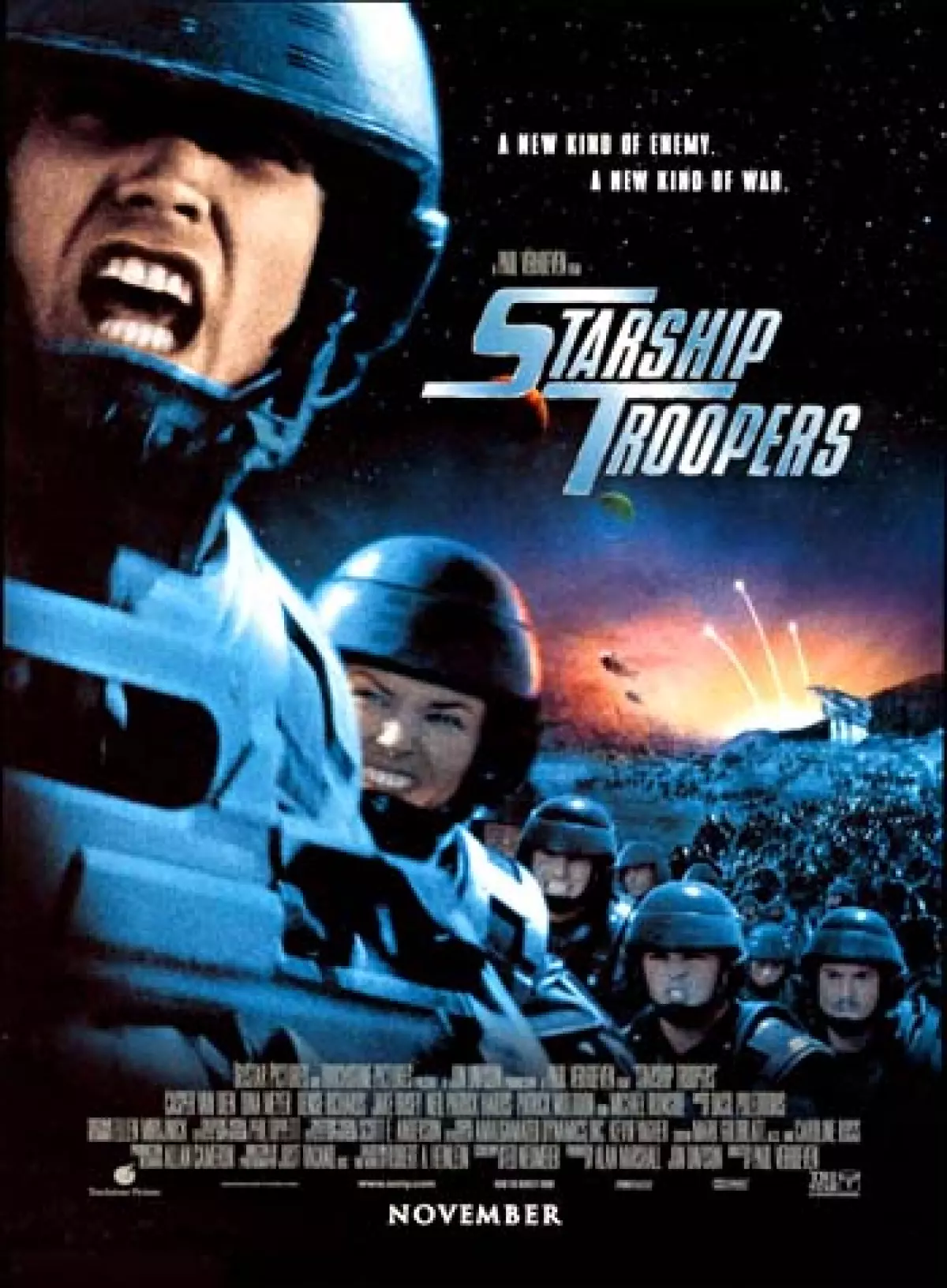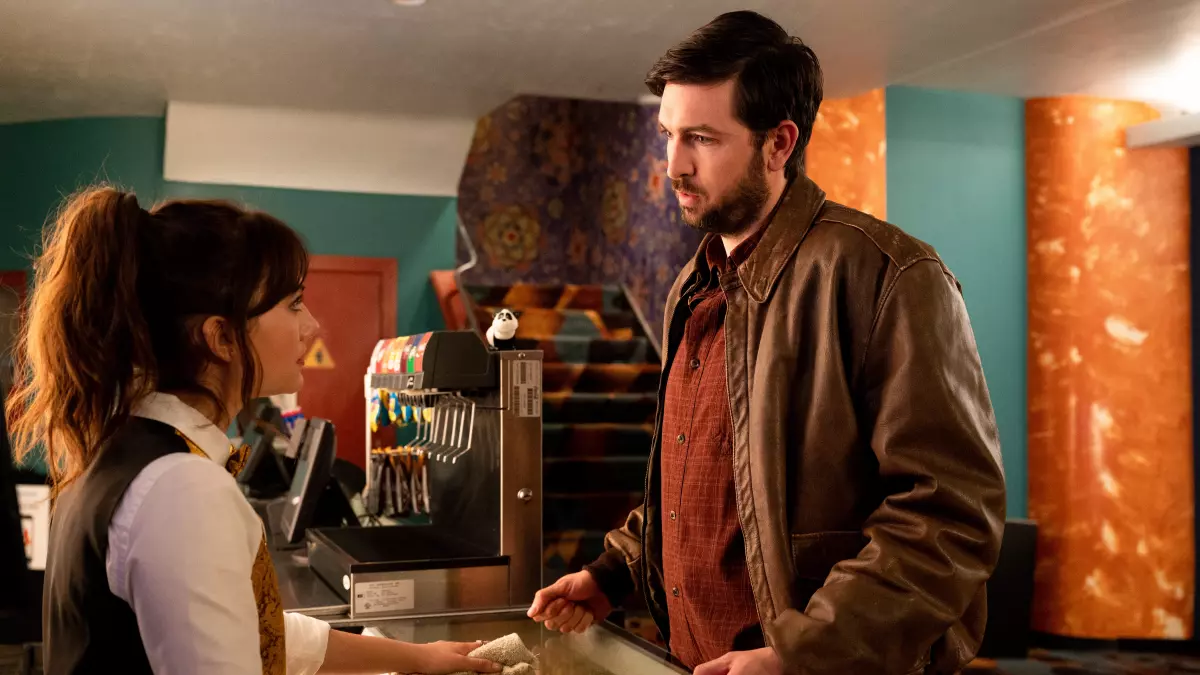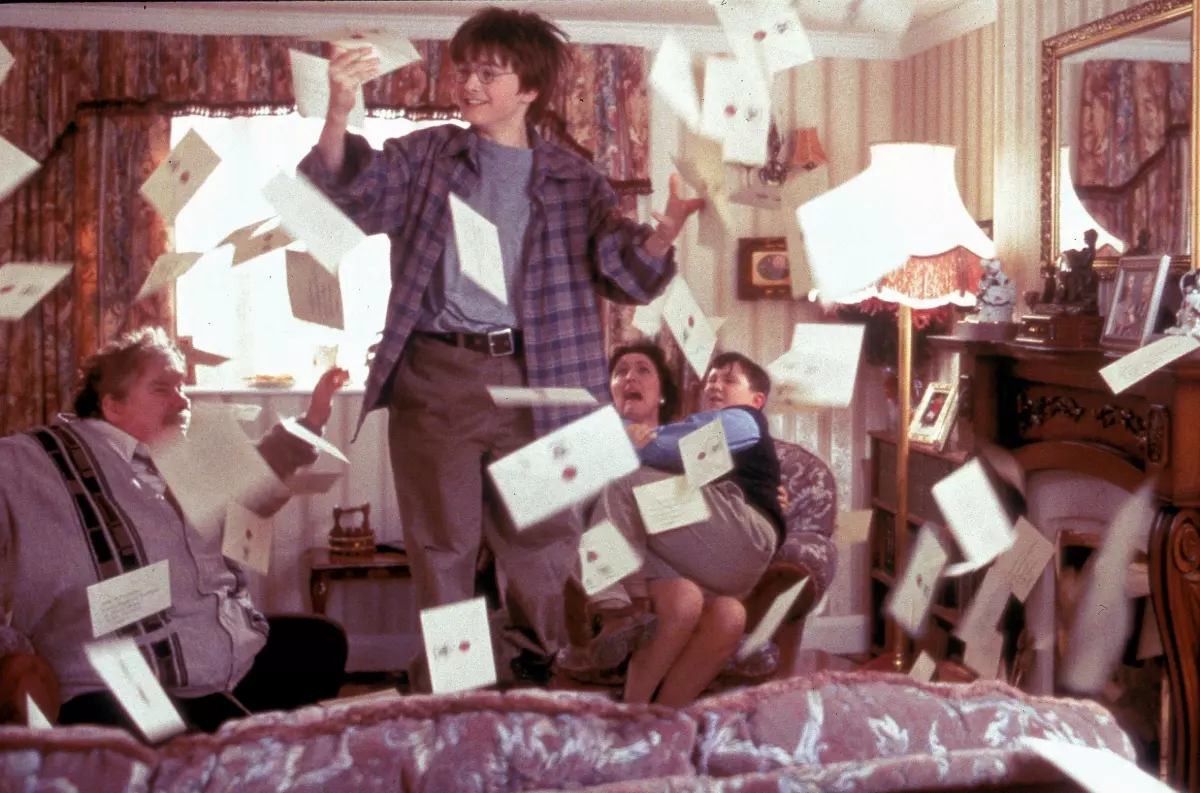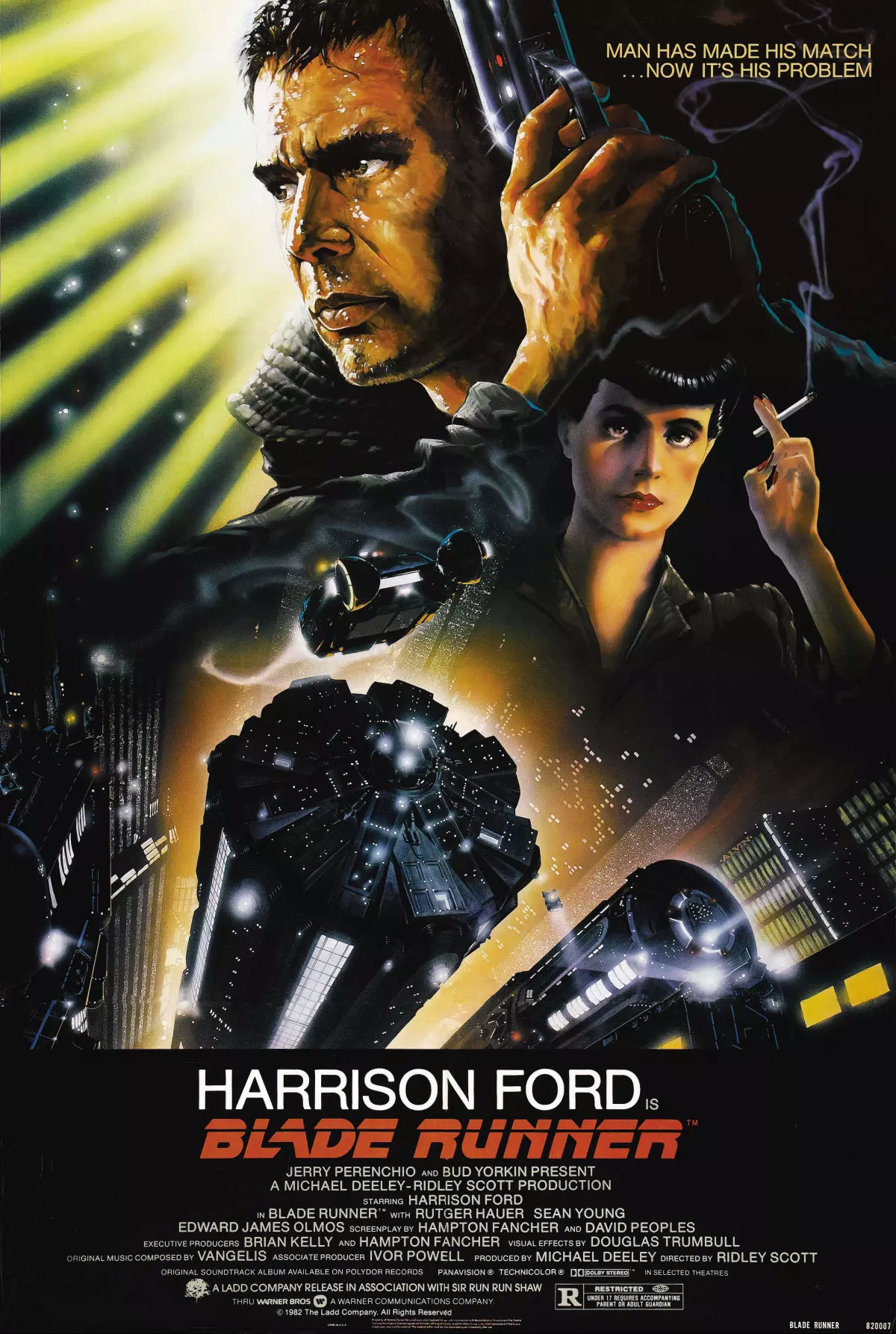
Blade Runner takes us on a thrilling journey through a dystopic Los Angeles in November 2019. Directed by Ridley Scott, this 1982 neo-noir science fiction film has captivated audiences with its immersive world and thought-provoking themes. Loosely based on Philip K. Dick's novel Do Androids Dream of Electric Sheep?, Blade Runner explores the concept of replicants - genetically manufactured beings used for dangerous work in Earth's "off-world colonies."
The film introduces us to Rick Deckard, a former blade runner who is reluctantly brought back into service to track down a group of escaped replicants. With Harrison Ford in the lead role, Blade Runner delivers a compelling narrative that challenges our understanding of what it means to be human.
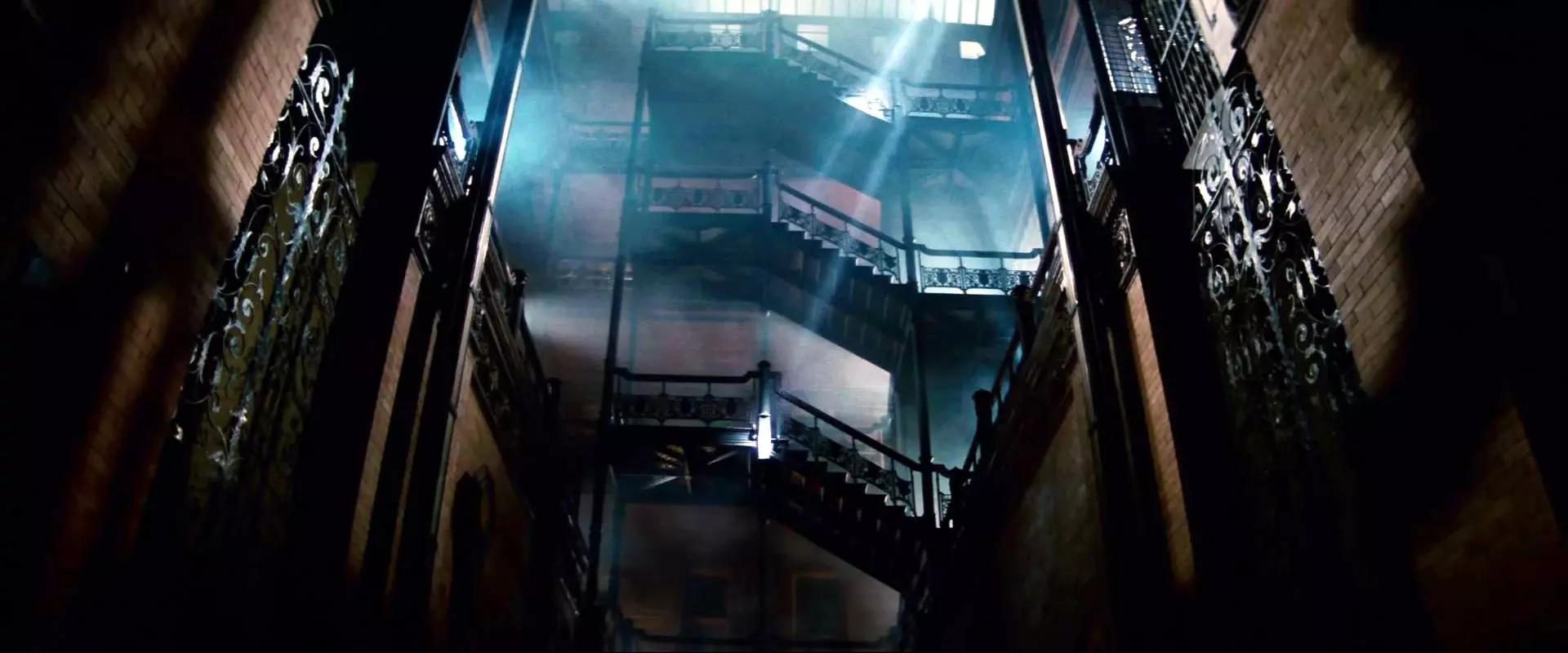
Blade Runner initially received mixed reviews from film critics, with some finding its thematic complexity intriguing while others were confused by its departure from traditional action film pacing. However, it quickly gained a dedicated following and achieved cult classic status. The film's detailed and original setting, immersive special effects, and prefiguring of important themes of the 21st century have cemented its reputation as a modern classic.
One of the film's standout features is its visually stunning world. The art direction and set design by Lawrence G. Paull and David Snyder, inspired by Edward Hopper's painting Nighthawks and the cyberpunk comic magazine Métal Hurlant, create a postmodern visual benchmark. The gritty and decayed future depicted in Blade Runner feels eerily prescient, serving as a visual benchmark for many films that followed.
Blade Runner's influence extends beyond the silver screen. The film's immersive world and thematic depth have inspired numerous works in various mediums. It has been referenced in popular TV shows like Futurama and Stargate SG-1. The cyberpunk genre, of which Blade Runner is considered a cornerstone, has been shaped by its rich storytelling and visual style. It has even been a source of inspiration for artists, as seen in Iron Maiden's album Somewhere in Time.
The film's iconic soundtrack, composed by Vangelis, is a haunting and evocative blend of synthesizers, chimes, and vocals. It perfectly complements the film's themes and provides a rich and textured soundscape. The music has been widely sampled and remains one of the most musically influential film scores of the 20th century.
Blade Runner has left an indelible mark on popular culture and continues to be studied and discussed in university courses. Its exploration of humanity, environmental issues, corporate power, and the blurred lines between reality and artificiality make it a timeless piece of cinema. As we enter the futuristic world of Blade Runner, we are confronted with questions that challenge our understanding of what it means to be human.








